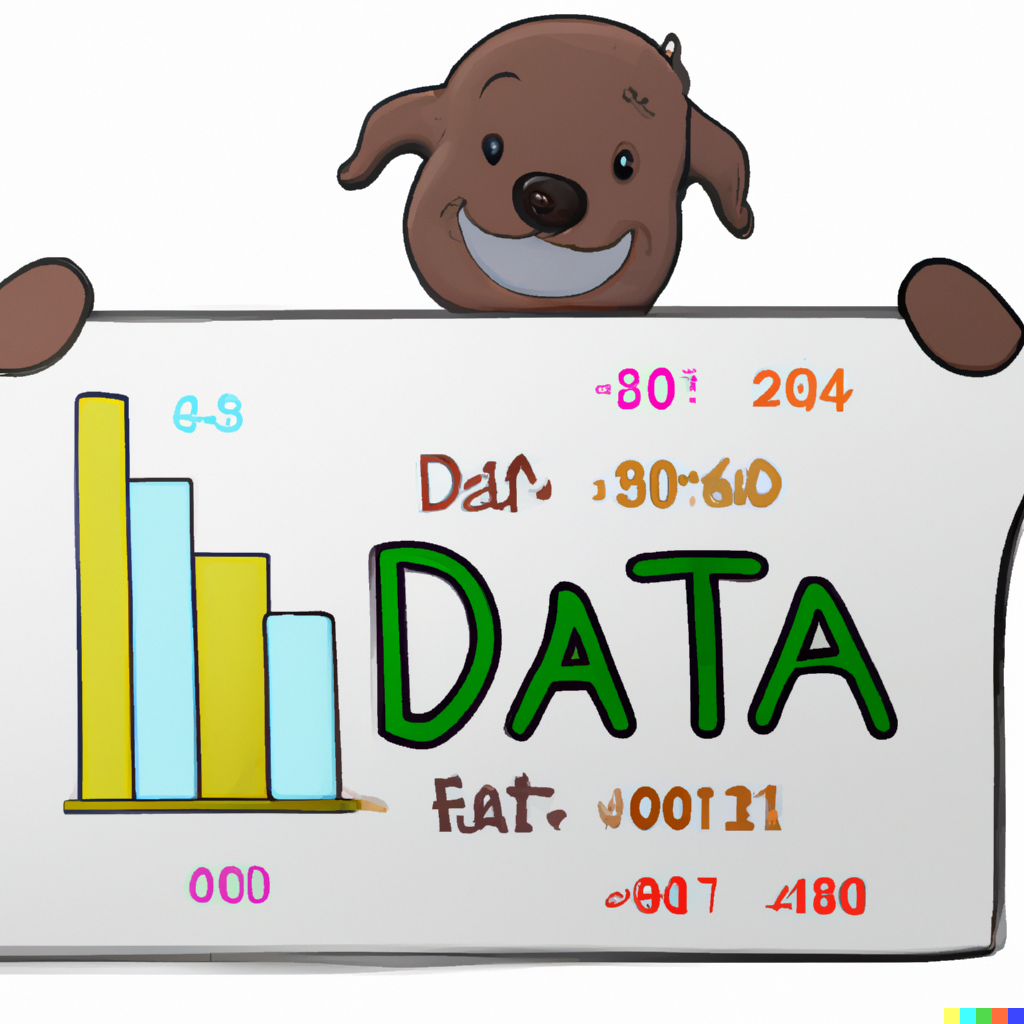
In XML, a root tag is the top-level element that contains all of the other elements within a document. The root element is used to define the overall structure of the document, and all other elements must be nested within it.
The root element is defined by a start tag and an end tag, just like any other element in XML. For example:
The root element is important in XML because it defines the overall structure of the document, and all other elements must be nested within it. It is also used to provide a clear hierarchy for the data within the document, making it easier to understand and process.
In XML, a tag is a markup element that is used to define the structure and meaning of data within a document. Tags are enclosed in angle brackets, and typically consist of a start tag, an end tag, and the content in between.
For example, the following XML code defines a simple element with a start tag of "name" and an end tag of "/name":
Tags can also contain attributes, which are used to provide additional information about the element.
For example:
Overall, tags are an important part of XML, as they are used to define the structure and meaning of data within a document. They allow developers to create custom markup languages for specific purposes, and provide a way to structure and organize data in a hierarchical way.
One of the main features of XML is its ability to define custom tags, which allows developers to create their own markup language for specific purposes. This flexibility makes XML a popular choice for storing and exchanging complex data, as it allows for the creation of a custom data structure that can be easily understood by other systems.
Another key feature of XML is its hierarchical structure, which allows for the creation of nested elements within a document. This structure is similar to that of HTML, but unlike HTML, XML is not concerned with the presentation of data, but rather with the structure and meaning of the data itself.
XML is also a text-based format, which means that it is easy to read and write, and can be processed by any system that can handle text. This makes it an ideal choice for exchanging data between different systems, as it can be easily transformed and processed using a variety of tools and technologies.
As for whether JSON (JavaScript Object Notation) is replacing XML, it is worth noting that JSON is a data interchange format that is often used in place of XML for transmitting data between systems. JSON is a text-based format that is similar to XML, but is generally simpler and easier to parse, which has made it a popular choice for web development and data exchange.
However, it is important to note that XML and JSON are not mutually exclusive, and both formats have their own strengths and weaknesses. XML is generally more flexible and extensible, but may be more complex and verbose than JSON. JSON, on the other hand, is generally simpler and easier to work with, but may not have the same level of flexibility as XML. Ultimately, the choice between XML and JSON will depend on the specific needs and requirements of the application or system being developed.
In summary, XML is a versatile and widely-used markup language that is used to structure, store, and transmit data.
Its custom tag system and hierarchical structure make it an excellent choice for storing and exchanging complex data,
and its text-based format makes it easy to read and write, making it an ideal choice for data exchange between different systems.